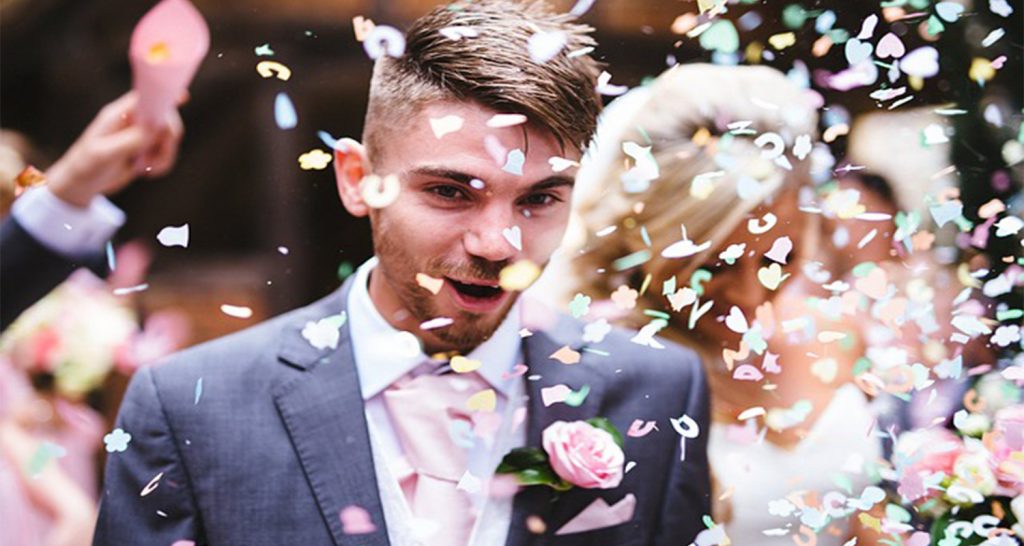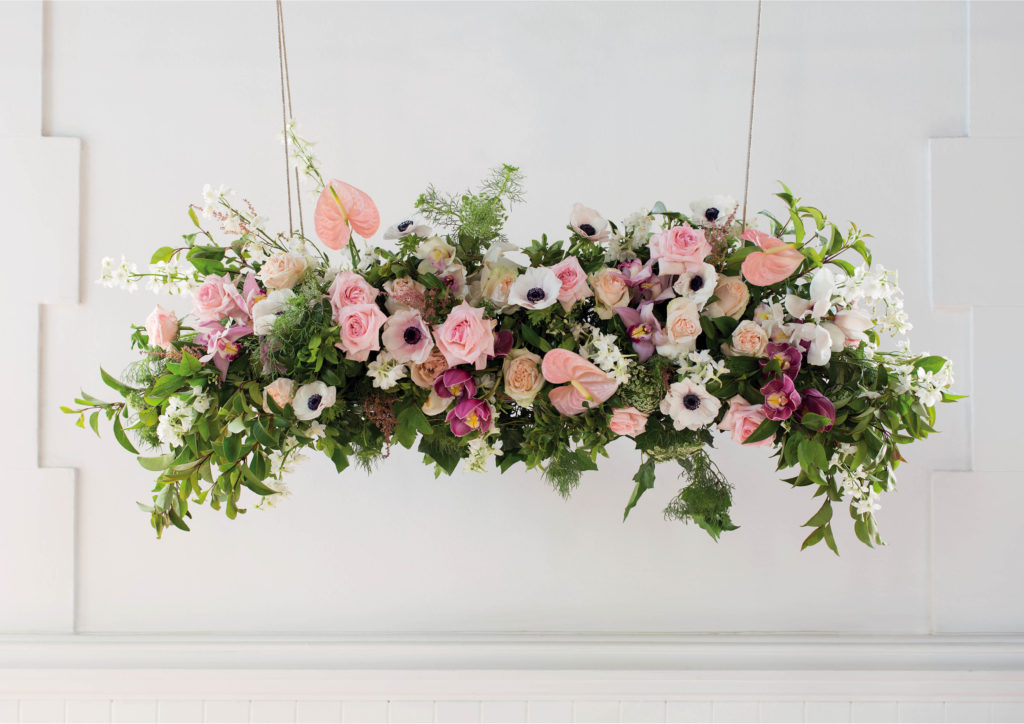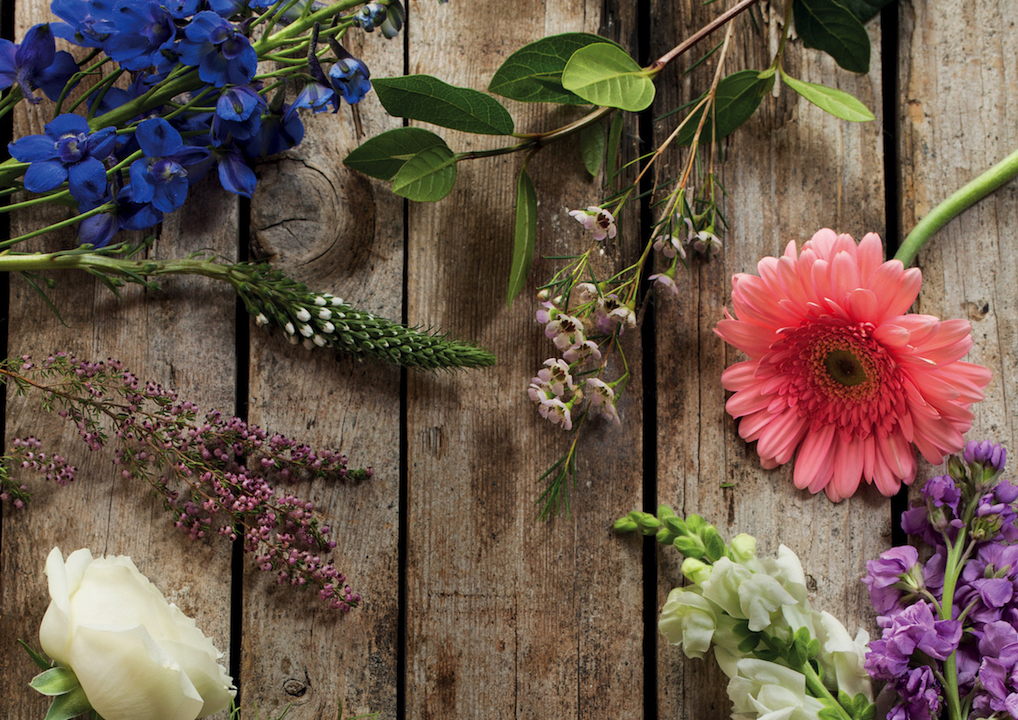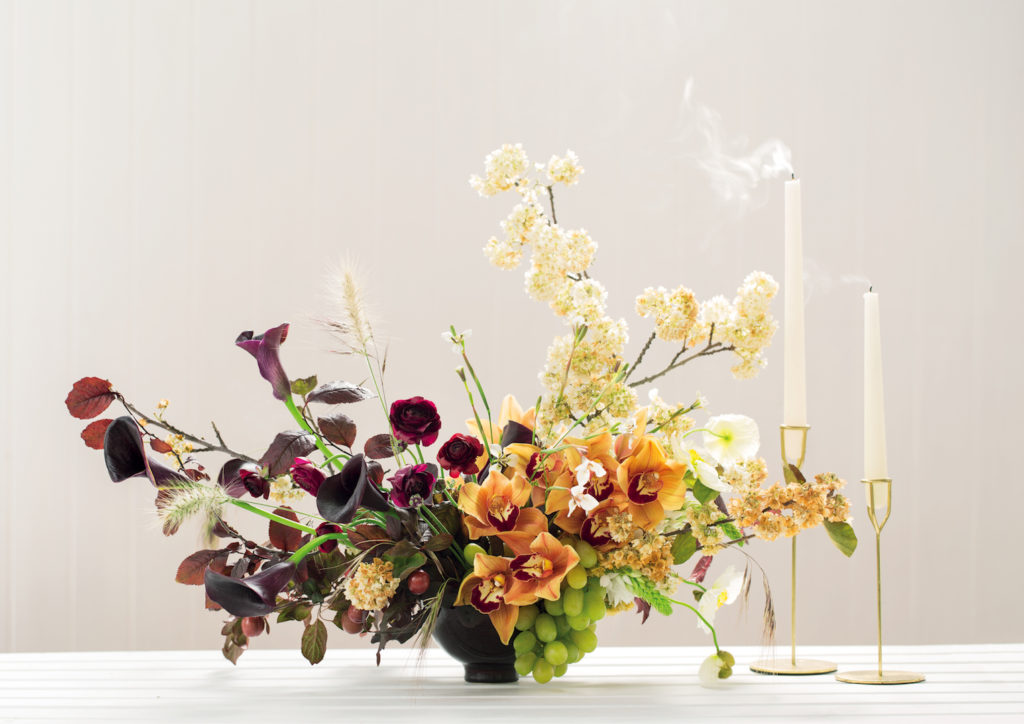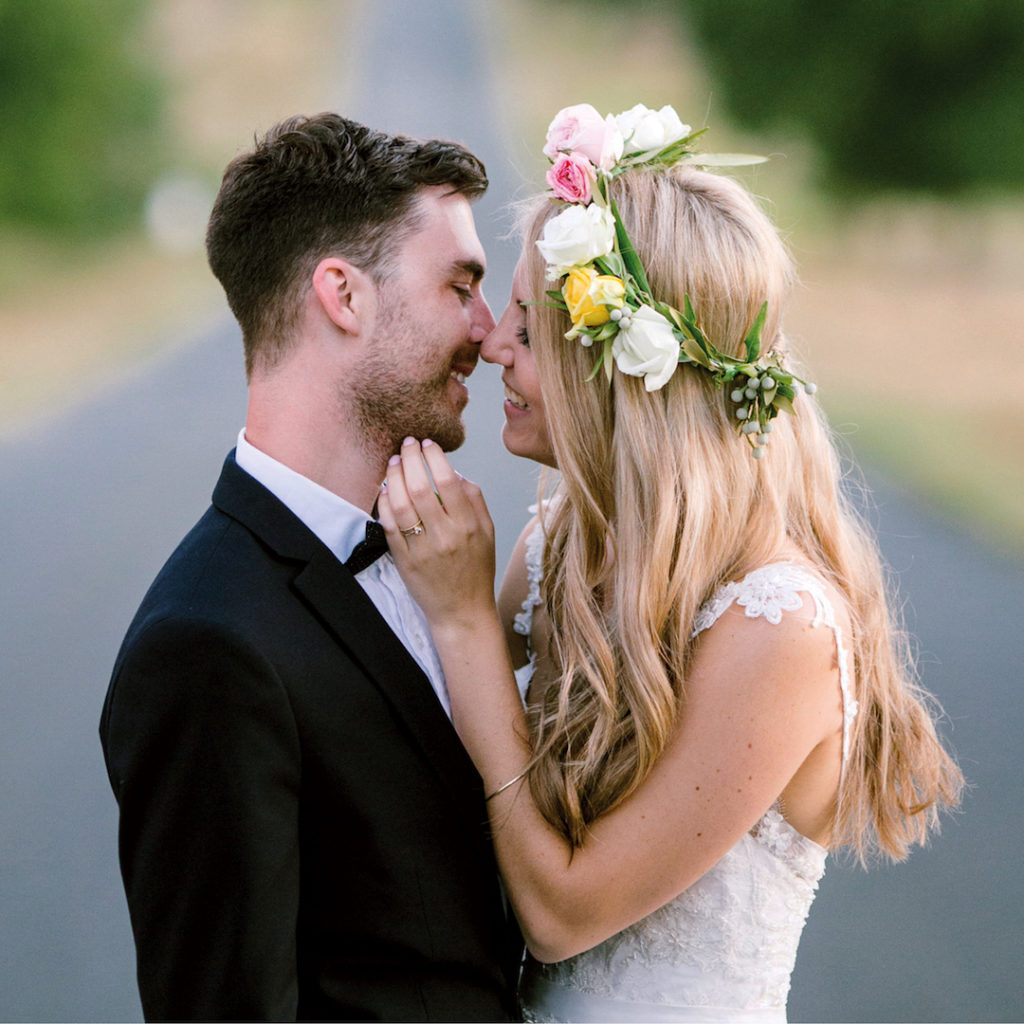By Yashna Balwanth
Contrary to popular belief, being environmentally and socially responsible on your wedding day is easier and possibly cheaper than you think. What could possibly be more important than protecting the Earth? Small considerations can make a world of difference – like using seasonal and local flowers flowers instead of importing them.
Being eco-friendly is fashionable, will boost your eco-consciousness levels – and perhaps even turn a few guests into eco-warriors. We’ve put together a few conscious decisions to consider to make your special day more eco-friendly and your wallet a little happier.
Disposable confetti
Every bride wants to be showered in glittery confetti. In reality, you are throwing microplastics everywhere. An eco-friendlier alternative to this is to use biodegradable confetti which are made from flower petals. Or punch out confetti circles from leaves, colour them metallic and voilà. These are materials that still look as beautiful in pictures and will do exactly the same job.
Re-use wedding attire
Being eco-friendly also means finding more than one use for certain items, this includes wedding attire. By allowing your bridal party to choose their own style of dress within your colour palette, they will wear the dress again since it is something they have chosen for themselves. The bride’s dress can also be a vintage or pre-loved garment, perhaps handed down through generations. Don’t grow too attached to your wedding gown, you can have it altered once the wedding is over into two separate pieces of a top and skirt, then mix and match it within your closet for multiple uses.
Potted vs cut flowers
Cut flowers do not have a long lifespan. Why not opt for a potted centerpiece instead? These can also double up as wedding favours for guests to take home, which help save on costs. However, if you really do want cut flowers for decor, work with a company that can have the flowers reused after the function or even donated to a hospital or community centre.
Digital stationery
Let’s be real for a second… how many of us actually save wedding invites of friends and family? This is wasted paper and a waste of money printing invitations that still need to be hand delivered to guests. Besides the digital realm keeping us in touch with one another, it has also helped with invitations and notices to guests. Wedding websites can be set up for minimal costs and can also keep track of the guests who have rsvp’d and those who have not.
Food donations
It comes as no surprise that weddings attract a lot of wastage when it comes to food. Whether guests didn’t show up, or caterers over prepared, there is always waste of perfectly good food that shouldn’t be thrown away. Perhaps leftovers can be donated to a shelter for the homeless or even handed out to a nearby children’s school. Ensure your caterers are aware of your plans to donate so the food is not thrown out unintentionally.
Picture: Pixabay

